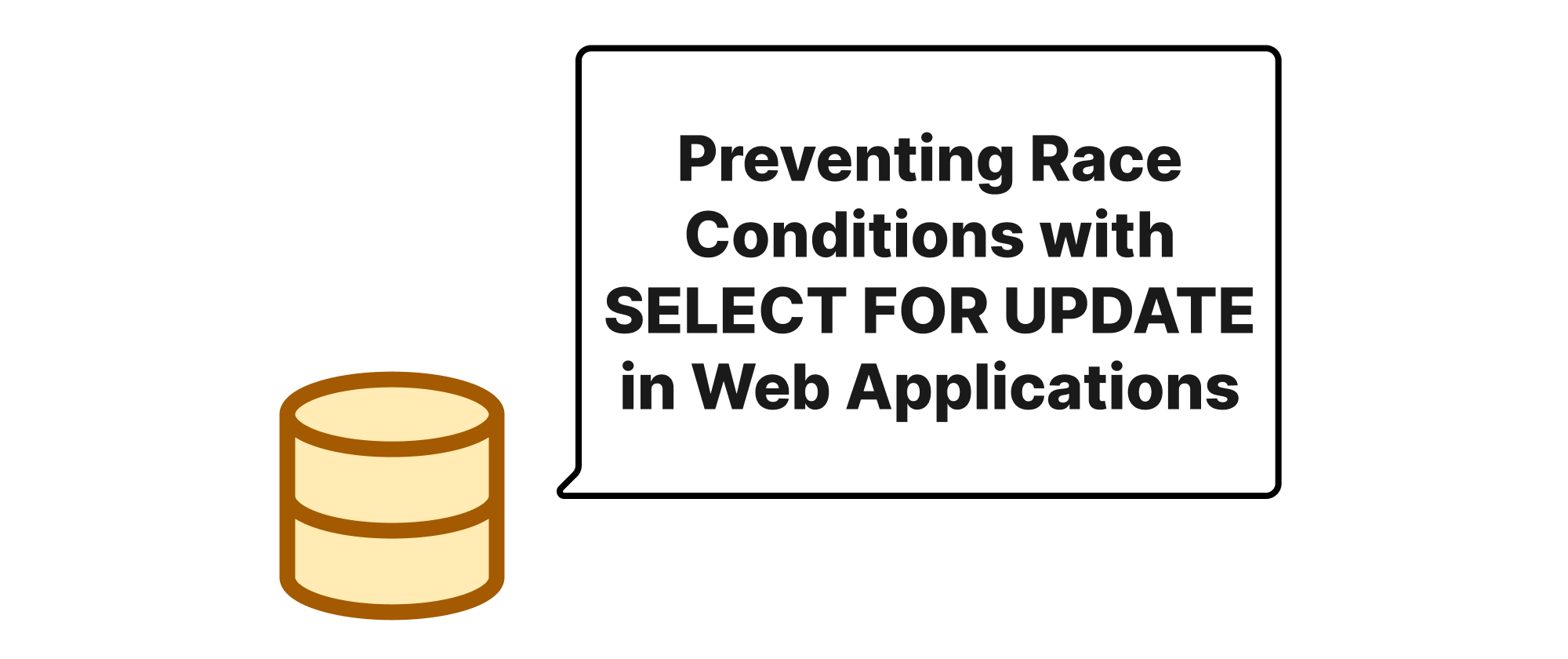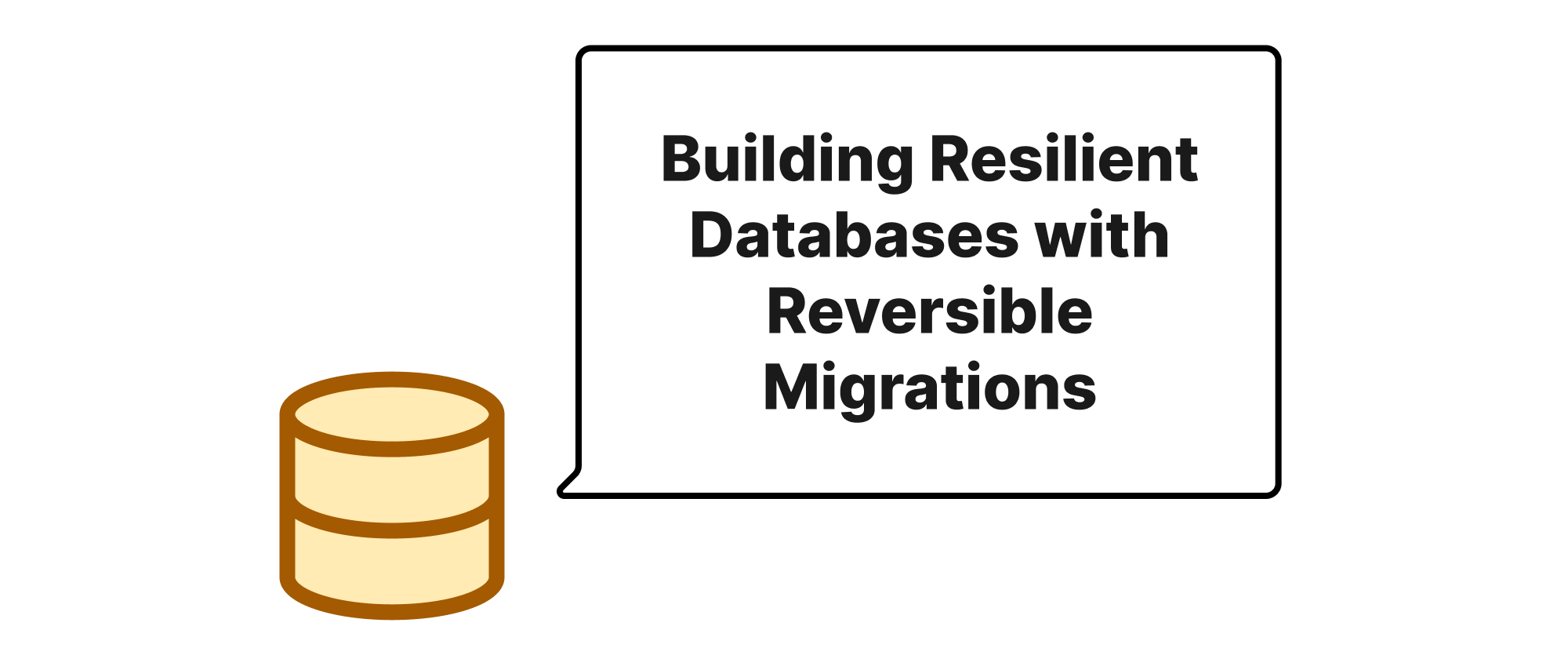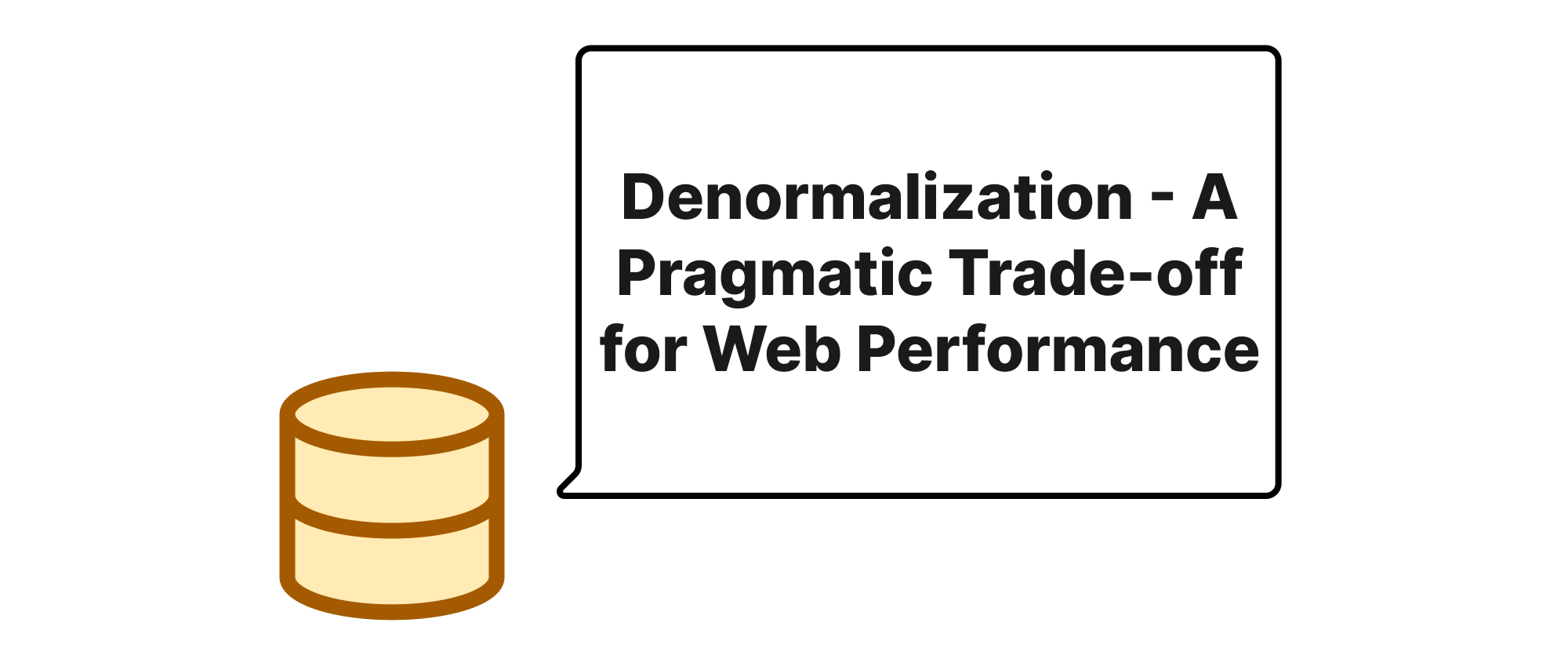Preventing Race Conditions with SELECT FOR UPDATE in Web Applications
Takashi Yamamoto
Infrastructure Engineer · Leapcell

Introduction
In the fast-paced world of web applications, multiple users often interact with the same data simultaneously. Imagine an e-commerce site where two customers try to purchase the last remaining item, or a banking application where two transfers attempt to debit the same account. Without proper safeguards, these concurrent operations can lead to undesirable outcomes like incorrect inventory counts, double bookings, or corrupted financial records. This phenomenon, known as a data race or race condition, arises when the timing or interleaving of operations by multiple threads or processes affects the correctness of a computation. Ensuring data consistency and integrity in such environments is paramount. This article delves into a powerful database mechanism, SELECT ... FOR UPDATE, explaining how it effectively prevents these concurrency issues in web applications and ensures reliable data transactions.
Understanding Concurrency Control
Before diving into SELECT ... FOR UPDATE, it's essential to grasp a few core database concepts:
- Concurrency Control: A set of mechanisms to ensure that multiple transactions can execute simultaneously without interfering with each other and without compromising the integrity of the database.
- Transaction: A single logical unit of work that accesses and potentially modifies a database. Transactions have ACID properties: Atomicity, Consistency, Isolation, and Durability.
- Isolation Levels: Define how and when the changes made by one operation become visible to others. Common levels include Read Uncommitted, Read Committed, Repeatable Read, and Serializable. Lower isolation levels offer higher concurrency but lower data integrity guarantees, and vice versa.
- Locking: A mechanism used to control access to shared resources (like rows or tables) in a database. When a resource is locked, other transactions are prevented from accessing or modifying it until the lock is released.
- Data Race / Race Condition: A situation where the final outcome of a computation depends on the non-deterministic relative timing of events, often leading to incorrect results.
- Dirty Read: A transaction reads data that has been written by another transaction but has not yet been committed (and thus might be rolled back).
- Lost Update: Two transactions read the same data, then both modify it. One transaction's update overwrites the other's, effectively "losing" the first update.
SELECT ... FOR UPDATE primarily addresses the issue of lost updates and helps achieve stronger isolation guarantees, typically at the Read Committed or Repeatable Read level, by explicitly acquiring locks.
How SELECT FOR UPDATE Works
SELECT ... FOR UPDATE is a SQL clause that, when appended to a SELECT statement, acquires an exclusive (write) lock on the rows it retrieves. This means that:
- Other transactions cannot modify these locked rows until the current transaction either commits or rolls back.
- Other
SELECT ... FOR UPDATEstatements on the same rows will block until the current transaction releases its locks. - Regular
SELECTstatements (withoutFOR UPDATE) might still be able to read the locked rows, depending on the database's isolation level. However, if the isolation level isRepeatable ReadorSerializable, even plainSELECTs might block or see a consistent snapshot.
This locking mechanism prevents lost updates by ensuring that once a transaction reads data with the intent to modify it, no other transaction can concurrently modify that same data.
Practical Application in a Web Application
Consider an e-commerce scenario where a user wants to purchase an item. The application needs to check availability, decrement the stock, and create an order.
Without SELECT FOR UPDATE (Potential Race Condition):
Let's assume two users, Alice and Bob, simultaneously try to buy the last available Product A.
| Time | Alice's Transaction | Bob's Transaction | Product A Stock |
|---|---|---|---|
| T1 | SELECT stock FROM products WHERE id = 1; (returns 1) | 1 | |
| T2 | SELECT stock FROM products WHERE id = 1; (returns 1) | 1 | |
| T3 | UPDATE products SET stock = 0 WHERE id = 1; | 0 | |
| T4 | COMMIT; | 0 | |
| T5 | UPDATE products SET stock = 0 WHERE id = 1; | 0 | |
| T6 | COMMIT; | 0 |
In this scenario, both Alice and Bob "successfully" purchased the item, but the stock was only decremented once. This is a classic lost update problem.
With SELECT FOR UPDATE (Preventing Race Condition):
Now, let's incorporate SELECT ... FOR UPDATE into the purchasing workflow.
-- Alice's Transaction START TRANSACTION; SELECT stock FROM products WHERE id = 1 FOR UPDATE; -- // Alice's application logic confirms stock > 0 -- // ... UPDATE products SET stock = stock - 1 WHERE id = 1; INSERT INTO orders (product_id, user_id, quantity) VALUES (1, 'Alice', 1); COMMIT; -- Bob's Transaction START TRANSACTION; SELECT stock FROM products WHERE id = 1 FOR UPDATE; -- This SELECT statement will BLOCK until Alice's transaction commits or rolls back. -- Once Alice commits, Bob's SELECT will execute. -- If stock is now 0, Bob's application logic will find it's out of stock. -- // Bob's application logic confirms stock > 0 (it won't be if Alice bought it) -- // ... -- If stock is 0, Bob's transaction might roll back or indicate item is unavailable. -- If stock was still > 0 for some reason (e.g., initial stock > 1 and Alice bought 1), -- Bob would proceed to decrement it. -- ... -- UPDATE products SET stock = stock - 1 WHERE id = 1; -- INSERT INTO orders (product_id, user_id, quantity) VALUES (1, 'Bob', 1); -- COMMIT;
Let's trace this with two users again:
| Time | Alice's Transaction | Bob's Transaction | Product A Stock | Locks on Product A (id=1) |
|---|---|---|---|---|
| T1 | START TRANSACTION; | 1 | ||
| T2 | SELECT stock FROM products WHERE id = 1 FOR UPDATE; (returns 1) | 1 | Alice (exclusive) | |
| T3 | START TRANSACTION; | 1 | Alice (exclusive) | |
| T4 | SELECT stock FROM products WHERE id = 1 FOR UPDATE; | 1 | Alice (exclusive), Bob Blocks | |
| T5 | UPDATE products SET stock = 0 WHERE id = 1; | 0 | Alice (exclusive), Bob Blocks | |
| T6 | INSERT INTO orders ...; | 0 | Alice (exclusive), Bob Blocks | |
| T7 | COMMIT; | 0 | Locks Released | |
| T8 | Bob's SELECT unblocks and returns stock = 0 | 0 | Bob (exclusive) | |
| T9 | // Bob's logic sees stock is 0, so it stops the purchase // ROLLBACK; (or similar handling) | 0 | Locks Released |
In this updated scenario, when Alice locks Product A, Bob's attempt to lock the same row will block. Once Alice commits and releases her lock, Bob's SELECT ... FOR UPDATE proceeds. At this point, Bob's query sees the updated stock (0), correctly indicating that the item is no longer available. This prevents the stock from going into negative or an order being created for a non-existent item.
Implementation Considerations
- Wrap in Transactions:
SELECT ... FOR UPDATEis only effective when used within a database transaction. The locks are held until the transaction is committed or rolled back. - Performance Impact: Locking rows can introduce contention and reduce concurrency. If many transactions frequently access the same rows using
FOR UPDATE, it can lead to performance bottlenecks. Use it judiciously on critical resources. - Deadlocks: If two transactions try to acquire locks on resources in different orders, they can enter a deadlock state. Modern database systems typically have deadlock detection and resolution mechanisms (e.g., rolling back one of the transactions), but it's crucial to design transaction logic carefully to minimize their occurrence.
- Database Dialects: The exact syntax and behavior may vary slightly between database systems (e.g., PostgreSQL, MySQL, Oracle). For example, PostgreSQL offers
FOR SHARE(shared lock),FOR NO KEY UPDATE,FOR SHARE SKIP LOCKED, andFOR UPDATE NOWAITfor finer-grained control. MySQL'sInnoDBengine provides similar functionalities.
# Example using SQLAlchemy ORM (Python) for an e-commerce scenario from sqlalchemy import create_engine, Column, Integer, String from sqlalchemy.orm import sessionmaker from sqlalchemy.ext.declarative import declarative_base # Database setup engine = create_engine('sqlite:///:memory:', echo=True) Base = declarative_base() class Product(Base): __tablename__ = 'products' id = Column(Integer, primary_key=True) name = Column(String, unique=True, nullable=False) stock = Column(Integer, nullable=False, default=0) def __repr__(self): return f"<Product(id={self.id}, name='{self.name}', stock={self.stock})>" Base.metadata.create_all(engine) Session = sessionmaker(bind=engine) # Populate database session = Session() session.add(Product(name='Example Widget', stock=1)) session.commit() session.close() def purchase_product(product_id: int): session = Session() try: with session.begin(): # Starts a transaction # Use with_for_update() to append FOR UPDATE product_to_purchase = session.query(Product).filter_by(id=product_id).with_for_update().one() print(f"Purchasing product {product_to_purchase.name} with current stock: {product_to_purchase.stock}") if product_to_purchase.stock > 0: product_to_purchase.stock -= 1 # In a real app, you'd also create an order record here print(f"Successfully purchased. New stock: {product_to_purchase.stock}") # session.commit() happens automatically with `session.begin()` context manager return True else: print(f"Product {product_to_purchase.name} is out of stock.") # session.rollback() happens automatically if an exception occurs return False except Exception as e: print(f"An error occurred during purchase: {e}") session.rollback() return False finally: session.close() # Simulate concurrent requests import threading results = [] threads = [] for i in range(2): # Alice and Bob thread = threading.Thread(target=lambda: results.append(purchase_product(1))) threads.append(thread) thread.start() for thread in threads: thread.join() print(f"\nFinal stock of product ID 1: {Session().query(Product).filter_by(id=1).one().stock}") print(f"Purchase results: {results}") # Expected Output (order of prints might vary due to thread scheduling, but correctness is guaranteed): # Purchasing product Example Widget with current stock: 1 # Successfully purchased. New stock: 0 # Purchasing product Example Widget with current stock: 0 (This thread waited for the first one) # Product Example Widget is out of stock. # # Final stock of product ID 1: 0 # Purchase results: [True, False]
In the Python example, session.query(Product).filter_by(id=product_id).with_for_update().one() is the SQLAlchemy equivalent of SELECT ... FOR UPDATE. When the first thread executes this, it acquires a write lock. The second thread, attempting the same operation, will block until the first thread's transaction commits or rolls back. This ensures that only one purchase successfully decrements the stock to zero, preventing the race condition.
Conclusion
SELECT ... FOR UPDATE is a vital tool for maintaining data consistency in concurrent web applications. By acquiring exclusive locks on rows intended for modification, it effectively prevents data races like lost updates, ensuring that critical operations, such as inventory management or financial transactions, remain reliable. While it introduces potential performance considerations and the risk of deadlocks, its judicious application within properly designed transactions is indispensable for robust and trustworthy web services. Employing SELECT ... FOR UPDATE is a fundamental step towards building scalable and resilient applications where data integrity is non-negotiable.


